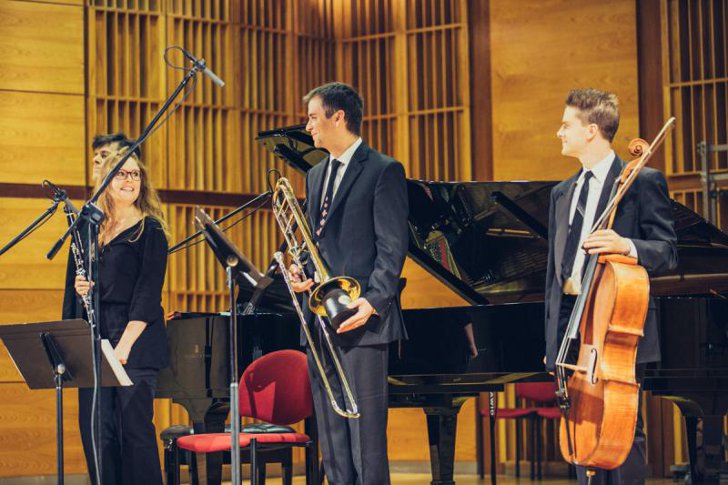The idea to organize an international festival dedicated to contemporary music in Warsaw was first voiced in 1955 during the Polish Composers’ Union Forum. The festival was designed to bridge the gap between the Polish music and the world avant-garde caused by the dominance of socialist realism in the culture of Poland. It was also intended to become a major platform for Polish contemporary music.
The inaugural Warsaw Autumn Festival was held from October 10–20, 1956, coinciding with the beginning of liberalization in Poland. It featured the Orchestre philharmonique de Radio France, the Vienna Symphony, the Warsaw National Philharmonic Orchestra, the Silesian Philharmonic in Katowice, and ensembles from Bucharest, Moscow, and Brno.
Originally designed as a biennial event, Warsaw Autumn was not held in 1957. However, since 1958 it has taken place every year, except for 1982, when the festival was canceled because of martial law. For a long time, the Warsaw Autumn Music Festival was the only event of its kind in Central and Eastern Europe.
During the Polish People’s Republic (a communist regime between 1952 and 1990), Warsaw Autumn was crucial for the development of the Polish composer school because it was one of the few places where Polish composers could meet their foreign colleagues. The festival was a kind of crack in the Iron Curtain, an outlet for Polish composers and musicians.
Since the first years of its existence, Warsaw Autumn has focused on avant-gard contemporary music. Although it features some classical pieces every year, they are never on the forefront of the program. The festival went through a rough parch during the 1990s, but it managed to survive and continues to grow and collaborate with Poland’s leading cultural organizations.
The Warsaw Autumn Music Festival is held in a number of venues throughout Warsaw. They include both traditional concert venues (the Warsaw Philharmonic Hall, the Fryderyk Chopin University of Music, local theaters and churches) and unconventional ones, such as gyms, old factories, small clubs, etc. The event runs over 8 days in September, attracting musicians and conductors from all over Poland and abroad.

Photo: warszawska-jesien.art.pl

